
Eva Quintanar was a prolific composer, instrumentalist, singer, and musical director during the 1940s and ’50s in Los Angeles, and one of the few women to take leadership roles in the male-dominated music industry of her day. She appeared regularly with her own orchestra at renowned downtown venues, especially the Million Dollar Theatre, and gained a reputation as a first-rate accompanist for internationally known stars from Mexico, such as Pedro Infante and Pedro Vargas. She also served as director of the Taxco Records Orchestra, conducting recording sessions for local and international artists.
Quintanar, who celebrated her 100th birthday in 2015, came out of the musical theater tradition of the Southwest and built her career at a time when the Mexican American recording industry was thriving in Los Angeles. She was born in El Paso, Texas, to Mexican immigrant parents and moved with her family to Southern California in the late 1930s. Along with her sisters Celia and Dora, she was raised in a musical household and immersed in Mexican American culture. Her mother was her first piano teacher and she went on to formal studies at the Los Angeles Conservatory of Music, specializing in classical piano performance and composition. (Founded in 1883, the Los Angeles Conservatory merged in 1961 with the Chouinard Art Institute to form what is today the California Institute of the Arts, known as CalArts.)
Quintanar began composing and performing at an early age. She was still a teenager when she first was featured on Spanish-language radio in Los Angeles. Later, in her 20s, she toured nationally and in Mexico as a soloist, playing and singing her songs and accompanying other artists. Locally, she had standing engagements at the Mayan and Orpheum theaters, in addition to the Million Dollar, providing music for variedades, or stage reviews, as well as backing for visiting artists.
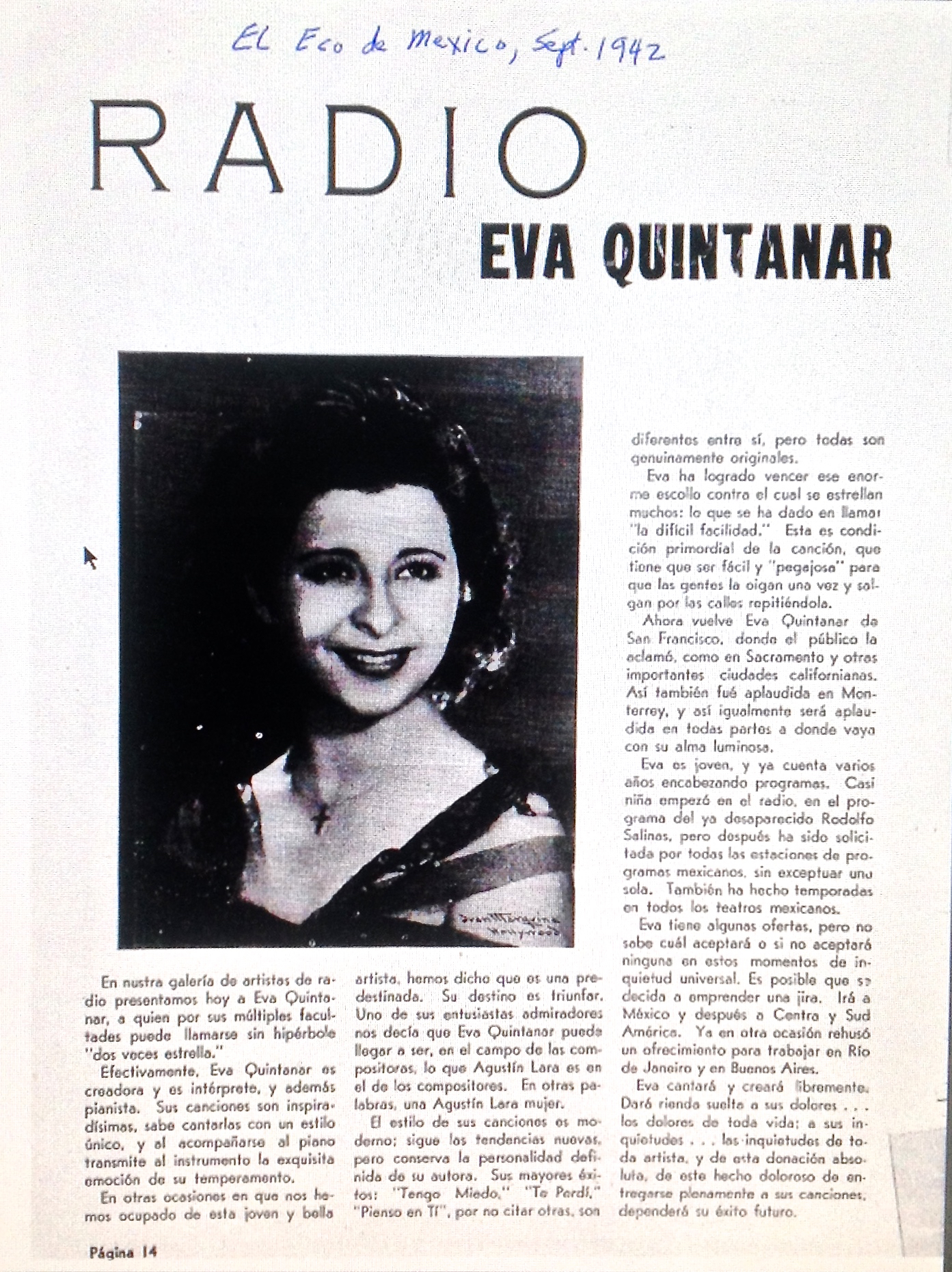
During the early 1940s, Eva became well known as a composer of Mexican boleros and corridos. In recognition of her songwriting skills, she was dubbed “the female Agustín Lara” by the Los Angeles-based magazine
El Eco de Mexico. The September 1942 issue of the Spanish-language publication featured a full-page story on Quintanar, who had just completed shows in San Francisco, Sacramento, and Monterey during a successful California tour.
“Her songs are very inspired and she knows how to sing them with a distinctive flair,” the magazine asserted. “Her song style is modern; she follows new trends while preserving her own well-defined character as composer.”
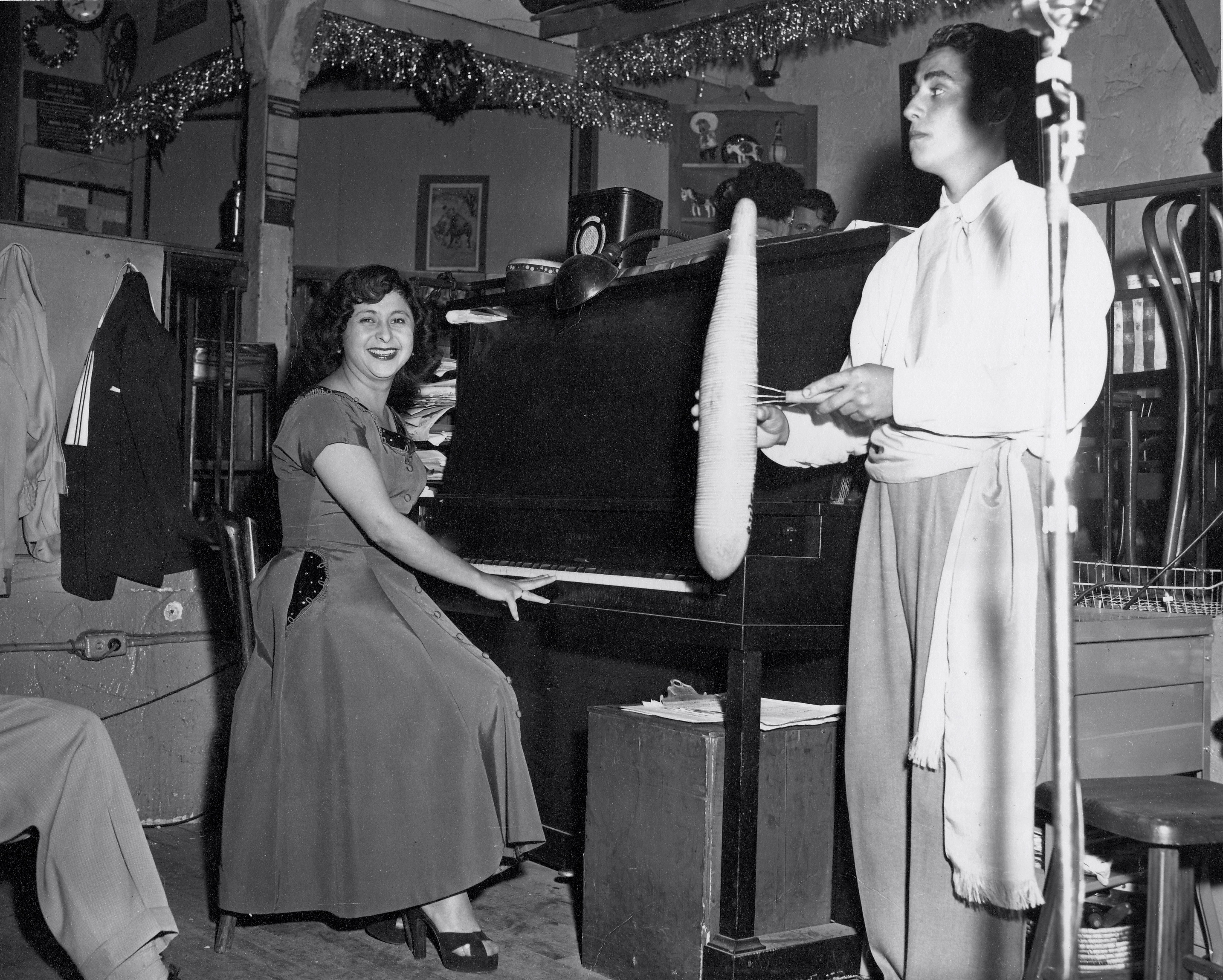
Despite her notable vocal talent, Quintanar’s singing was never recorded commercially, according to her son John McGowan, who has documented his mother’s career (
read a Q&A with McGowan discussing Quintanar here). Instead, her many compositions were recorded by other well-known artists, such as Ruben Reyes, Hermanas Aquila, Chelo Silva, Adelina Garcia, and Julio Flores. They were released on both international and regional labels, including Columbia, Taxco, Peerless, Vocalion, Discos Mexico, Imperial, Tri-Color, and Okeh. She can also be heard as accompanist on many of her own songs with a number of different orchestras.
Her biggest hits include “Tengo Miedo,” a mournful bolero recorded by
Chelo Silva for Columbia Records, and “Lauro Salas,” a corrido about a Mexican boxer who became world lightweight champion after a hard-fought match at L.A.’s Olympic Auditorium in 1952. In a recording of that song by
Ruben Reyes on the Taxco label, the boxer himself can be heard at the end thanking his fans for their support.
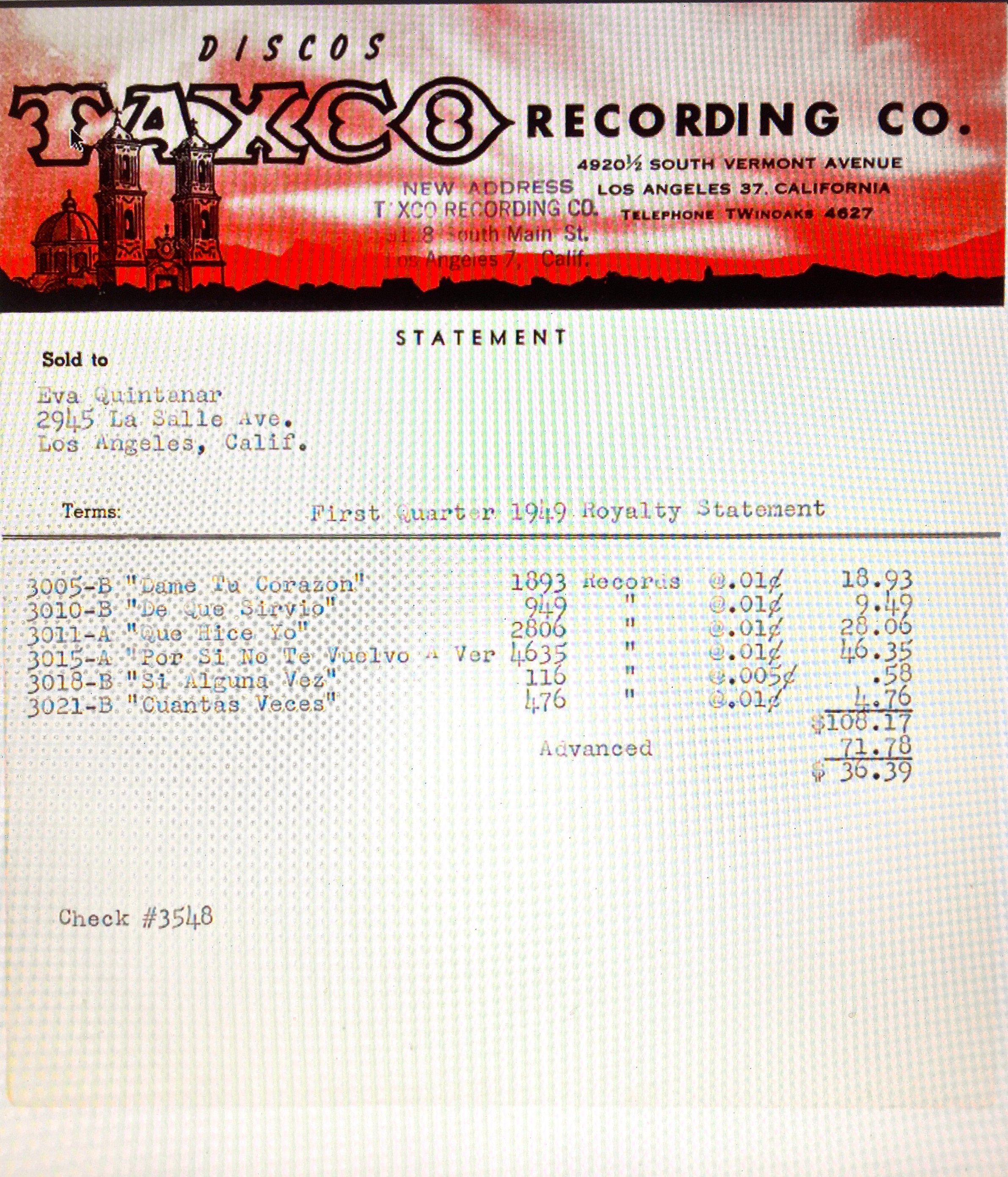
Despite her popularity, however, Quintanar did not get rich on her royalties. In a 1948 contract with Taxco Records for rights to her song
“Por si no te vuelvo a ver,” the composer agreed to be paid a penny for every record sold. (Interestingly, the artist signed the contract as Evita Quintanar.) For the first quarter of 1949, she received a total royalty check from Taxco of $108.49 for all her songs owned by the label.
McGowan has compiled a list of 46 recordings on 78-rpm discs that feature Eva Quintanar as composer, arranger, and/or orchestra director. The songs – almost all recorded in Los Angeles on various labels – represent a variety of musical styles, including bolero, corrido, ranchera, paso doble, tango, waltz, and even the blues. Also included are Spanish-language versions of well-known American tunes of the time.
A search of the
Frontera Collection shows 23 songs credited to Quintanar as composer. Her recordings are also included in the library collections of UC Santa Barbara, Arizona State University, and the National Library of Spain.
Later in her career, Eva and her husband, John McGowan Sr., opened a music school out of their home in La Puente, where they had relocated in 1955. While raising six children of their own, they taught piano and voice to hundreds of local students, including Arturo Márquez, who went on to become one of the preeminent contemporary composers of Mexican classical music.
Quintanar mostly retired from the music business in 1955, devoting herself to her family, which eventually grew to include 75 grandchildren, great-grandchildren, and great-great-grandchildren. Widowed by her husband of 56 years, she continued to play the piano every day well into her 90s. Even after marking the centennial of her birth, she was still composing songs of love and romance and continues to play piano regularly.
“That’s what makes life worth living!” she says.
-Agustín Gurza

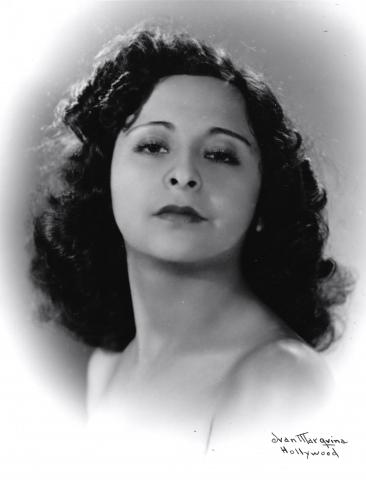








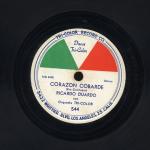

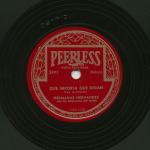




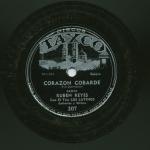

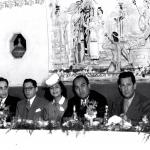
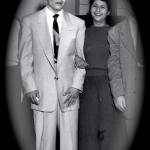

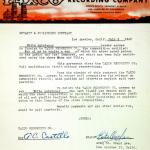
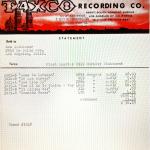



Notes & History
Contacto Familiar
by John McGowan (not verified), 06/02/2020 - 13:24Hola Adriana, soy Juan McGowan. Es un placer tener contacto contigo. Me gustaría hablar contigo. Mi primer lenguaje fue Español, pero prefiero hablar en Ingles. Espero que esta bien contigo.
Hasta pronto,
Juan Jose
Re: Evita Quintanar
by Agustin Gurza, 05/08/2020 - 17:28Estimada Adriana:
Gracias por tu mensaje acerca de du tía, Eva Quintanar. Su hijo, John, no trabaja para la universidad, pero fue él quien nos proporcionó la información y las fotos. Hoy le llamé para informarle que querías comunicarte con el, y le pasé tus datos. Espero que logren hacer contacto directamente.
Me alegro de que hayas encontrado nuestro sitio y que pueda ser útil para reunir a la familia de ésta gran artista.
Agustín Gurza, Editor, La Colección Frontera
Evita Quintanar
by Adriana Ficachi (not verified), 03/11/2020 - 21:25Hola, John. Quisiera tener contacto contigo, y saber de mi Tía Evita, de Tom, etc.
Ojalá puedas responder a este mensaje.